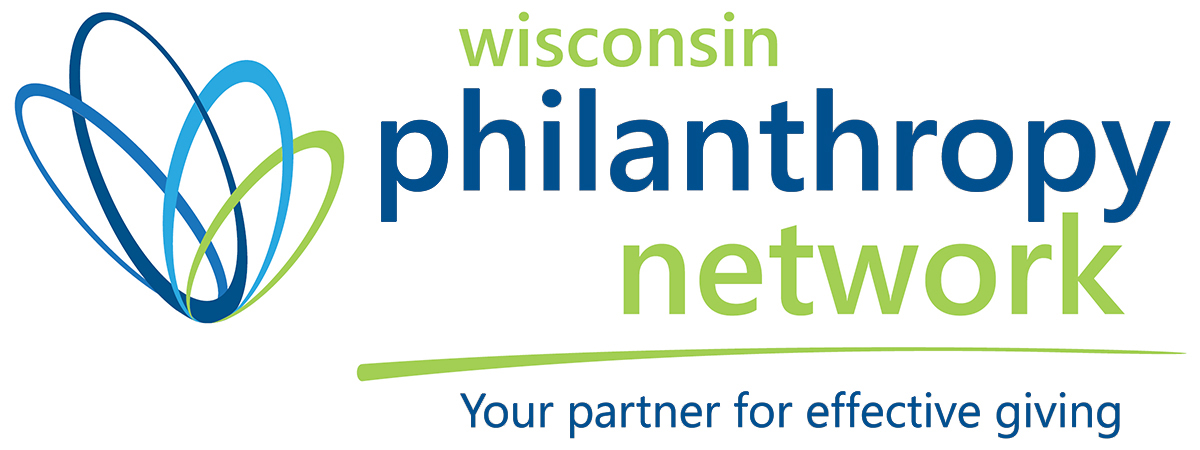COVID-19: This story is unfolding by the hour, and we don’t know what the ramifications will be next week, much less six months or a year from now. Even with the roller-coaster market at play, though, funders have options on how they can best support their grant partners through this crisis. You and they are, for all practical purposes, in the same boat – so start rowing together with your partners. Here are five things funders can start with right now.
1. Listen to what your grant partners’ needs are. Even those organizations with risk management and contingency plans will face difficult moments in navigating through these unpredictable times. Listen to what those programmatic, financial and performance challenges are; collaborate on finding effective responses; and be prepared to offer real-time funding assistance.
2. Explore how to help the people and communities your grantees serve that will need more immediate help. Business and school closures, disruption of services, restricted access to goods and services, unexpected expenses. Real people’s lives are being negatively affected already, and those with limited resources will face greater struggles. Consider what creative – and timely – ways you can provide funding to your grant partners to ameliorate the impact on the ground.
3. Move money quickly. Foundation application and grant review calendars rarely align with how the real-world operates. Think about a new (and streamlined!) application and grant review schedule to provide more real-time response to community needs. Consider moving up grant payment schedules to provide the funding your partners need now. Does that next grant payment require a progress report first? Temporarily drop that requirement so your grantees can focus on their work in tackling the substantive challenges this crisis is presenting. Also, consider converting program grants to general operating support to give your grantees the ability to be more agile in responding to fast moving issues.
4. Create a dedicated pool of easily accessible funding. Set aside a substantial pool of grant funds to help your partners weather the spectrum of challenges they are wrestling with – and make those funds available quickly and with less red-tape. Do they need bridge funding because their big annual fundraiser was cancelled? Do they need equipment, software or other assistance to quickly switch to remote work or change the way they deliver services? Have their operational costs jumped because the people they serve have been hit hard financially? Your quick turn-around in funding can make all the difference between success and failure.
5. Be flexible. There’s a good chance your grant partners aren’t going to meet their fundraising goals this year, nor fulfill everything they had hoped to do in their strategic plans. They are also likely to have a new bundle of unforeseen issues on their plates that will complicate their year’s accomplishments. You can still meet your fiduciary responsibilities at the same time as right-sizing your expectations and simplifying your grant requirements.
For more information on how Strategy + Action/Philanthropy helps foundations and nonprofits strengthen their impact through strategic planning, organizational development, evaluation, leadership succession, search and executive coaching, contact Jeff Glebocki at jeff@strategyplusaction.com or (480) 794-0871.




